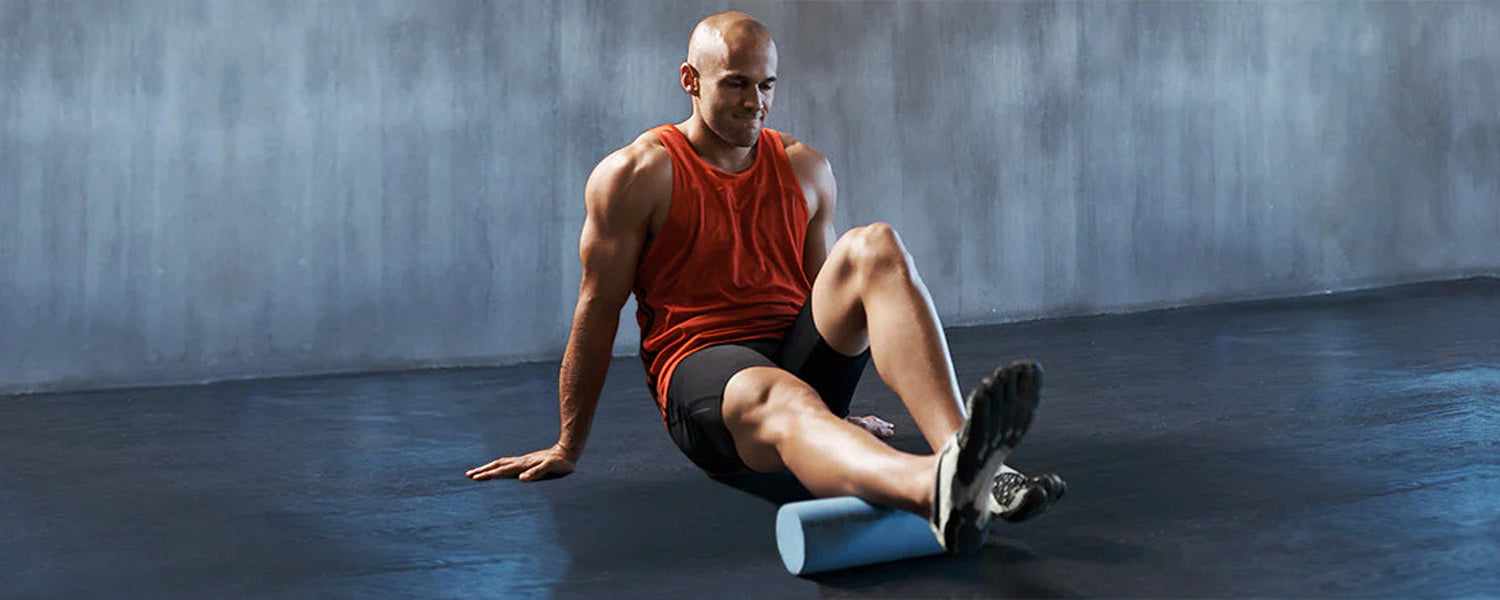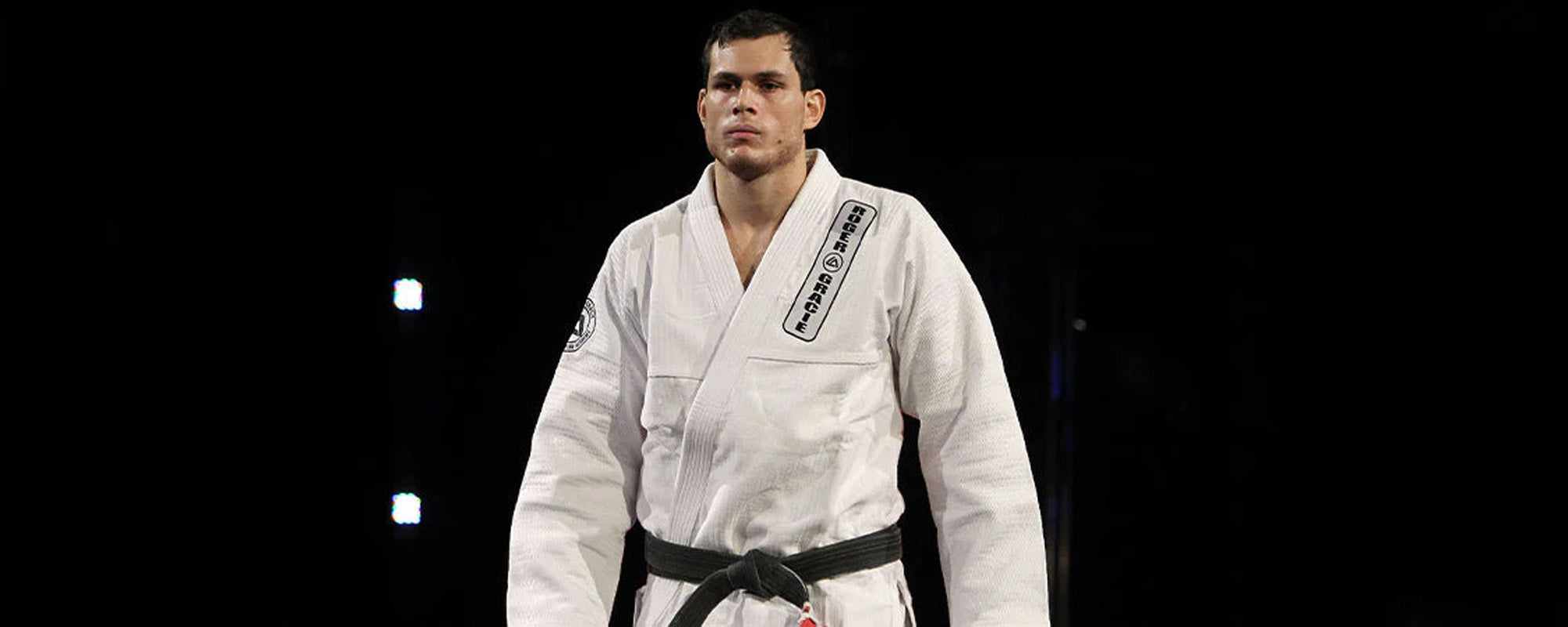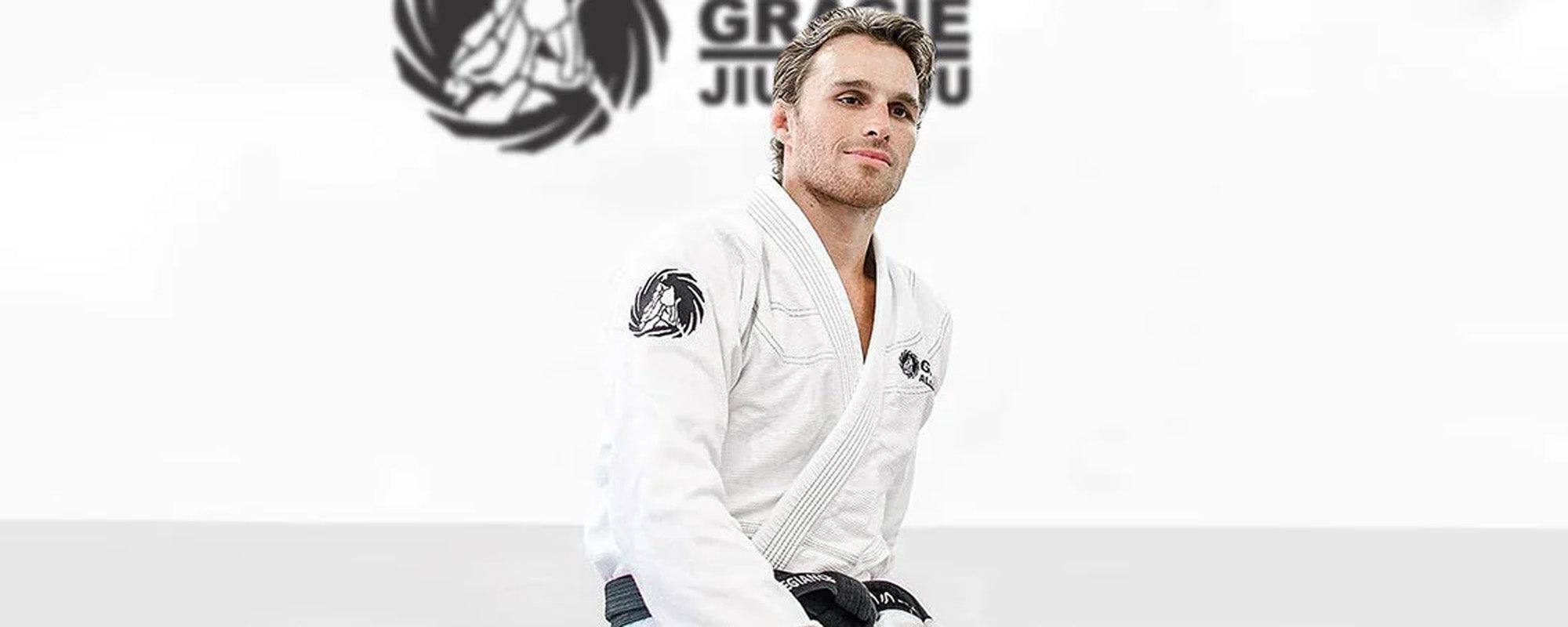Table of content
Have you ever felt like your muscles are so tight that you can barely move? Maybe you've struggled to touch your toes or perform a certain movement on the mat. If this sounds familiar, it might be time to try foam rolling exercises. This simple yet effective self-massage technique has been used by athletes and BJJ enthusiasts for years to improve flexibility, mobility, and recovery.
In Brazilian Jiu-Jitsu, foam rolling is often utilized as an exercise to maintain the performance of grapplers in intense grappling classes. Whether you're a seasoned BJJ veteran or just starting out, foam rolling is a valuable tool in your training arsenal. Keep reading to learn more about the benefits of foam rolling and how to incorporate it into your Jiu-Jitsu training routine.
1. What is Foam Rolling in BJJ?
Foam rolling (self-myofascial technique) is a form of self-massage that is used to improve the flexibility and mobility of muscles and connective tissue.
In Brazilian Jiu-Jitsu, foam rolling is often used as a warm-up or cool-down exercise to help BJJ practitioners to prepare their bodies for training or recovery after strenuous training on the mat. Rolling over specific muscle groups helps the fighter to release muscle tension, increase blood flow, and improve mobility. In other words, it’s a simple and effective way to improve physical performance and recovery in BJJ and other physical activities.
2. How BJJ Practitioners Can Start Foam Rolling?
Foam rolling is also known as soft tissue therapy, an effective and easy way to enhance the overall performance of grapplers in BJJ. Here's a step-by-step guide on how BJJ practitioners can start foam rolling:
- Find a comfortable space to roll out on a mat or other soft surfaces.
- Position the foam roller under the target muscle group (including calves, hips, hamstrings, quads, and upper back).
- Slowly roll back and forth over the muscle group, applying gentle pressure with your body weight.
- When you find a tender spot or knot, pause and hold the pressure for a few seconds before continuing to roll.
- Repeat the process for each muscle group you want to work on.
- Use long, slow strokes and avoid rolling too quickly, as this could cause discomfort.
- When you're finished, take a few deep breaths and take a short break to stretch out the muscles you've worked on.
By following these steps, BJJ practitioners easily incorporate foam rolling into the training routine and level up their performance.
3. Role of Foam Rolling in BJJ - Why Grapplers Need to Do It
As a grappler, your body undergoes a lot of stress and strain on the mat. Whether you're drilling strenuous BJJ techniques, rolling with partners, or competing in tournaments, your muscles and connective tissue are constantly being tested and challenged. That's why it's crucial to take care of your body's health by providing the support it needs to recover and perform at its best.
Foam rolling is the best fit for BJJ grapplers who are looking to improve their flexibility, mobility, recovery, and performance. Foam rolling helps to relieve sore or tight muscles, helps to release tension and knots, improves blood flow and circulation, and enhances the overall performance of grapplers. It makes them able to train harder and more frequently. But foam rolling isn't just for post-training recovery. BJJ fighters also use it as a warm-up tool to get their muscles and joints ready for action on the mat.
In short, every BJJ grappler needs to do foam rolling because it's an easy and effective way to support your body and improve your physical performance. So don't wait – grab a foam roller and start rolling out today!
4. Advantages of Foam Rolling for BJJ Practitioners
BJJ practitioners use foam rollers for a variety of reasons. There are several benefits or merits of foam rolling for Brazilian Jiu-Jitsu practitioners, including:
4.1. Improved Mobility and Flexibility
Foam rolling can help to release tension and knots in the muscles and connective tissue, which could occur due to the rigorous training on the mat. It’s one of the effective ways of stretching the muscles that lead to increased flexibility and mobility. However, foam rolling is particularly important for BJJ practitioners who require good mobility to perform various techniques and transitions on the mat.
4.2. Enhanced Recovery Time for BJJ Fighters
Several factors are responsible for faster recovery after rigorous training on the mat. However, one of the prominent ways to speed up the recovery time of the damaged area is by improving blood circulation to the affected area.
Foam rolling exercise after the BJJ training helps to improve blood flow and circulation and heal sore or tired muscles and tissues. BJJ practitioners could reduce muscle soreness and fatigue, by foam rolling more frequently and at a higher intensity.
4.3. Increased Performance of BJJ Enthusiasts
Foam rolling helps the grapplers to improve muscle function and coordination, which leads to better performance on the mat. By maintaining good flexibility and mobility, BJJ practitioners can execute techniques with greater precision and power that ultimately enhance their performance.
4.4. Prevent Injury by Strengthening the Body
By maintaining good muscle health and mobility, BJJ practitioners could reduce their risk of injury. Foam rolling helps to identify and address muscle imbalances and weaknesses, which can be a common cause of injury in BJJ and other physical activities.
4.5. Provide Convenience
Foam rolling is a simple and convenient way for BJJ practitioners to improve their physical health and well-being. It can be easily incorporated into a BJJ training routine and performed at home or the gym with minimal equipment.
Hence, foam rolling is a simple and effective route that helps grapplers in enhancing their skills and execute them more efficiently. It is an integral part of grapplers' training routines and can provide numerous benefits for both physical and mental well-being.
5. 5 Things to Remember While Doing Foam Rolling
Although foam rolling has several benefits. However, you have to consider the following factors before adding new training to your routine:
- Consult with your medical provider before starting foam rolling or any self-myofascial release techniques.
- Start slowly and gradually with soft foam rollers or other tools, and gradually increase pressure as tolerated.
- Consistency is key for the best benefits of foam rolling and self-myofascial release.
- Discomfort while foam rolling is normal, but severe pain is not. If you experience severe pain, consult a physical therapist or doctor.
- If you are new to foam rolling, it is recommended to begin with softer rollers and gradually work up to harder or more dense rollers.
6. How to Choose a Foam Roller for BJJ Training?
Choosing a foam roller for your Brazilian Jiu-Jitsu training can seem overwhelming, with all the different sizes, shapes, and materials available. Here are a few things to consider when selecting a foam roller:
6.1. Features of a BJJ Foam Roller
Size of Foam Roller
Foam rollers come in a range of sizes, from small and compact to large and long. You have to choose the one that is compatible with the muscle groups you'll be rolling out, as well as your size and strength. A small roller is more comfortable and easier to massage for smaller muscle groups, while a larger roller is better for rolling out your back or quads.
Material of Foam Roller
Foam rollers are made from a variety of materials, including traditional foam, high-density foam, and even hard plastic. Harder rollers tend to be more aggressive and effective at relieving knots and tension, but they can also be more painful to use. Softer rollers are more comfortable to use but may not be as effective at releasing tension.
Texture & Surface of Foam Roller
Some foam rollers have smooth surfaces, while others have textured surfaces with raised ridges or bumps. The textured surface can provide a more targeted massage, but it may also be more painful to use.
Ultimately, the best foam roller for you will depend on your personal preferences and needs. If you're new to foam rolling, you may want to start with a softer, smaller roller to get optimal results. As you progress, you can try different sizes and materials to find what works best for you. Don't be afraid to experiment and try out different rollers to find the one that feels best for you.
7. FAQs
7.1. Can Foam Rolling Damage Your Muscles?
Foam rolling is generally considered safe and effective for improving flexibility and mobility in the muscles and connective tissue. However, overdoing rolling or too much pressure on muscles can cause discomfort or even damage to the muscles.
7.2. How To Protect Your Muscle From Foam Rolling Damage?
It's important to use proper technique and listen to your body's requirements while foam rolling. Start with gentle pressure and gradually increase as needed, and avoid rolling over any areas that are particularly tender or painful. If you experience any sharp or intense pain while foam rolling, immediately stops and consult with a healthcare professional.
7.3. Should You Flex While Doing Foam Rolling?
Flexing your muscles can counteract the effects of foam rolling by tensing the muscles and increasing tension, rather than releasing it. It is generally not recommended to flex your muscles while foam rolling.
Instead of flexing, try to relax and let the foam roller do the work for you. This will allow you to better focus on the areas you are rolling out and get the most benefit from the exercise.
7.4. Why Do BJJ Fighters Feel Good After Foam Rolling Sessions?
Foam rolling is a form of self-massage that provides relaxation by reducing muscle soreness and stiffness. When you foam roll, you apply pressure to specific muscle groups and use your body weight to roll over the foam roller.
This process helps to release tension in the muscles, reduce muscle soreness and increase blood flow to the area being rolled. BJJ fighters feel good after a foam rolling session because it alleviates muscle pain that occurs after strenuous exercise on the mat.
8. Conclusion
Foam rolling becomes an essential part of grappler's training. It's not just a relaxing exercise or a trendy new fad - it's a proven way to improve physical performance, prevent injuries, and speed up recovery. By taking the time to foam roll regularly, BJJ grapplers can keep their muscles and connective tissue healthy and well-functioning, allowing them to train harder and perform better on the mat. So, don't forget to add foam rolling to your training- your body (and your training) will surely thank you.













Leave a comment
This site is protected by hCaptcha and the hCaptcha Privacy Policy and Terms of Service apply.